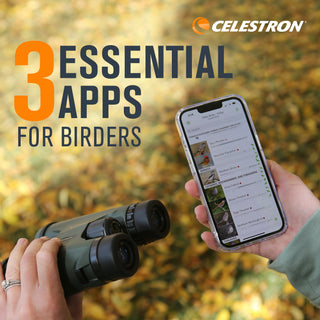The Rules of Birding, or Getting Started on the Right Foot: Birding Etiquette and Ethics
August 26, 2021
 By Bird Watcher’s Digest Staff
By Bird Watcher’s Digest Staff
One of the cool things about birding is that participants can make up their own rules. Some birders keep many and detailed lists of all the bird species they see: a life list, a bird list for each state they visit, county lists within their state, year lists, yard lists, yard-year lists… the possibilities are endless! Listers often have a goal of seeing as many bird species as they can during their life, or during their visit to any location. Some birders just keep notes on the birds they see and the places they visit to help them remember, but the numbers aren’t too important. Many birders keep no lists or records. They just enjoy the activity and adventure.
Among those who do keep lists, some people only “count” the birds (add them to their lists) if they see them; others accept “heard-only” encounters on their lists. Some bird photographers require a decent photo of the species they see in order to tally them.
The thing is: There are no rules for birding—or, rather, each birder makes their own rules.
But there are some practices and guidelines that are well accepted in the birding community, having to do with etiquette and ethics.

|
| Rule 1: Do no harm. Never intentionally cause a bird to fly, especially if it is on a nest. Respect the birds! This is an American oystercatcher and its scrape nest. Photo from Wiki Commons |
First and foremost is: Do no harm. If we care about birds—and birders must to perpetuate their hobby—we must respect their needs and safety. It is not okay to intentionally flush a bird from its nest, to interrupt courtship, to frighten it out of its territory, to lure it into a dangerous situation, to blind it (even temporarily) with a flash, to disorient it, or in any other way to potentially cause it harm. It’s true that our mere presence in their habitat disturbs birds, but that is inadvertent and inescapable. Intentionally disturbing or harming birds or their habitat is unacceptable.

|
| Be courteous to others around you. Speak in a soft voice, and keep the topic to the birds you’re enjoying at the moment. Don’t stand or walk in front of someone using binoculars or a spotting scope such that it obstructs their view. Photo by D. Hewitt |
Responsible birders don’t litter; they speak softly while hiking; they don’t damage habitat; they wash and sanitize their bird feeders regularly; they don’t trespass on private property without permission. The American Birding Association has complied a Code of Ethics (aba.org/aba-code-of-birding-ethics), and every new birder should read it and take it to heart in order to “practice and promote respectful, enjoyable, and thoughtful birding.” Experienced birders should read it now and then, too, just to remind themselves of this important topic.
 |
| Help other birders find a bird you see but they don’t. Photo by D.Hewitt |
There are some unwritten rules of etiquette for birders, too. When birding with other people or even when there are other birders around, be respectful. Speak softly so as not to impede their focus on the birds. Be careful not to block someone else’s view by stepping in front of them. Be mindful of your body, your equipment, and the noise you bring, and be considerate of those around you. Help others spot the bird if you see it and they don’t. In general, be kind and thoughtful.
The unwritten rules of birding can be boiled down to just two things: help birds, don’t harm them; and be courteous to those around you. That’s really not too much to ask, and worth keeping in mind always.


























